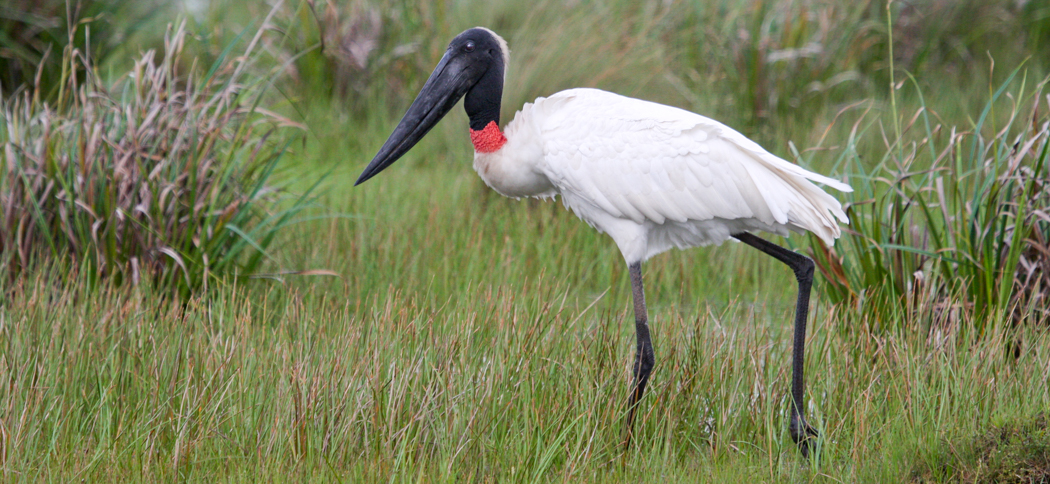
Strange Tails
We're delighted to have a strong population of strange-tailed tyrants at the reserve. So much so that we've adopted these beautiful and endangered birds as the symbol of the Trust
The growing diversity of the animals of Reserva Don Luis is a fresh source of delight every time we return. We don't play favourites, but it's impossible not to engage more with some of our more conspicuous guests. One of these is the strange-tailed tyrant. The male is stoic in his tolerance of one of nature's strangest - and it would seem least practical - adaptations. He's willing to suffer to be beautiful, and somehow manages to fly with tail feathers that were surely designed for a bird three times his size.
We love his perseverance; his resolution to succeed against challenge, and his ability to prove that anything is possible. He's appearing in growing numbers on the Reserva Do Luis, and his success has become an allegory for, and a symbol of, our own.
When we started the process of updating and redesigning our website, we wanted to adopt an image that symbolised our aims and our challenges. This brave little flycatcher, with his indomitable character, was the perfect choice.
The logo is a stylised profile of a male tyrant, silhouetted against the sunrise. We coloured the sun the blue of the Argentinian flag in honour of this country's beauty, its climate and the breathtaking span of magnificent animals that it nurtures.

Bat Research
Our bat team is conducting bat research both in the Ibera Marshes and in other provinces. We are especially concentrating on Misiones at the moment where we find the largest bat in Argentina, Chrotopterus auriitus and Myotis ruber, two species that we are researching.

Jabiru, Yabiru
Jabiru mycteria
The Jabiru (or Yabiru in Argentina) is the tallest flying bird in the Americas and males can stand as high as 1.5m. Their range in South America extends from Mexico to Argentina and although locally common in a few places they are in decline. They are found in wetlands such as the Esteros del Ibera, Pantanal and favour freshwater marshland and shallow water in which to hunt. They feed on a wide range of prey such as reptiles, amphibians, fish, large insects and sometimes small mammals.
They are a Stork from the family Ciconiidae and build huge nests in the tallest trees they can find. In our area of Ibera the trees are not very tall so the nests are quite visible. They normally lay 2 to 5 eggs which both adults brood. The young fledge at around 110 days and stay with their parents for another 3 months.
They are spectacular to look at with predominantly white plumage, black legs and black featherless upper neck and head. The most distinguishing feature is a red featherless collar at the base of the neck. The black bill is huge, slightly upturned and daggerlike. They are very graceful fliers although it takes one or two hops to get into the air.
They have no predators other than perhaps the Jaguar.

